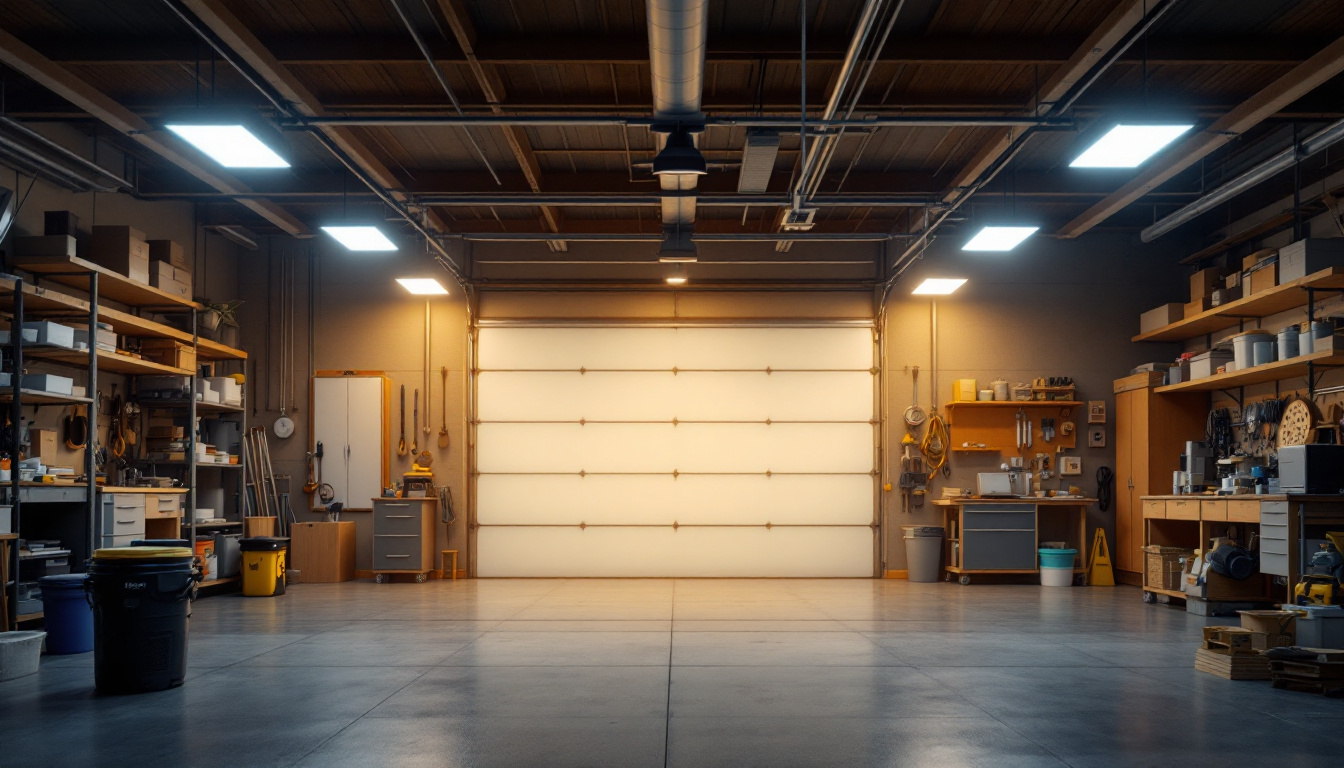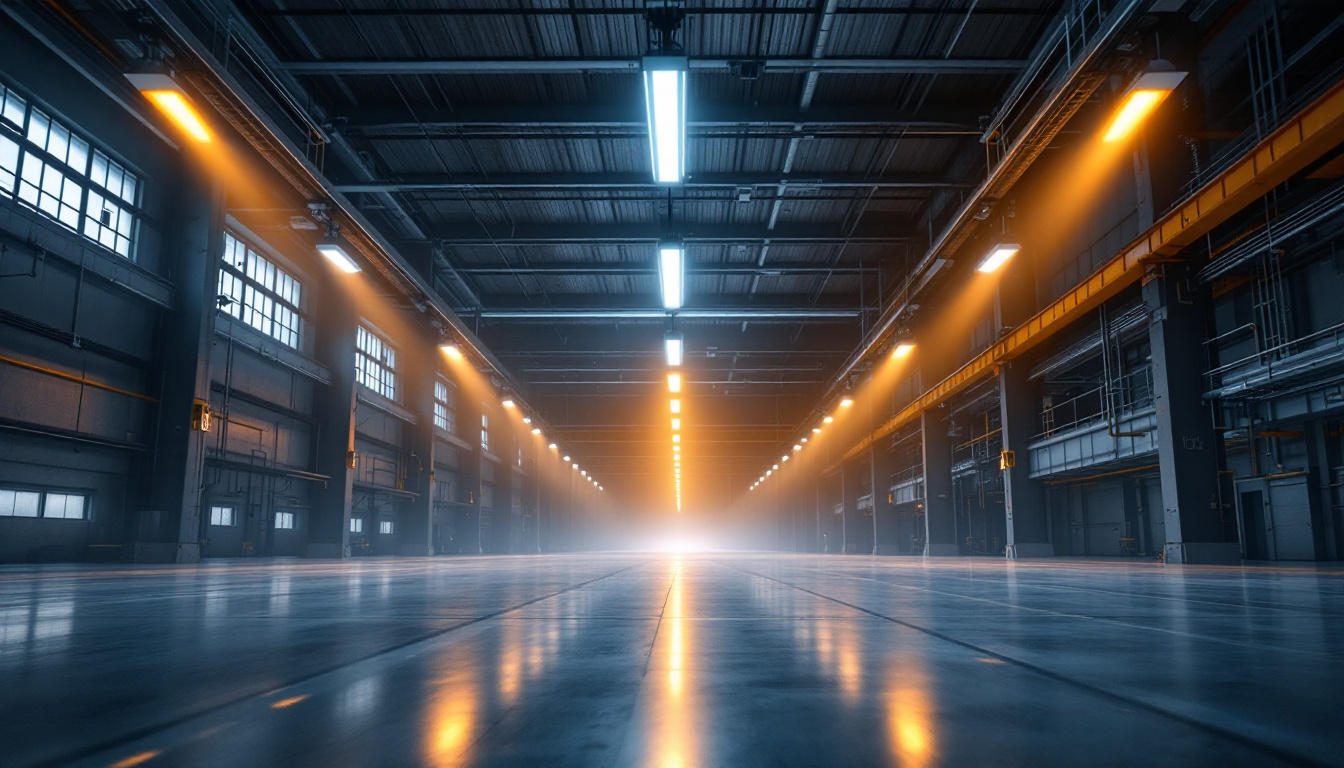

In the realm of lighting installations, outdoor lights play a pivotal role in enhancing safety and security. For lighting contractors, understanding the various aspects of outdoor lighting is essential not only for the aesthetic appeal but also for the functional benefits it brings to residential and commercial properties. This article delves into the significance of outdoor lights, exploring how they contribute to safety and the best practices for installation.
Outdoor lighting serves multiple purposes, from illuminating pathways to enhancing the overall security of a property. Its importance cannot be overstated, especially in areas prone to accidents or criminal activity.
One of the primary functions of outdoor lighting is to enhance visibility. well-lit areas allow individuals to navigate safely, reducing the risk of trips and falls. Pathways, staircases, and driveways should be adequately illuminated to ensure that residents and visitors can move about without fear of injury.
Moreover, increased visibility can deter potential intruders. Properties that are well-lit are less likely to be targeted for theft or vandalism, as the risk of being seen increases significantly. Lighting contractors should consider using motion-sensor lights in strategic locations to provide an additional layer of security.
In addition to safety and security, outdoor lighting can also play a vital role in enhancing the functionality of outdoor spaces after dark. For instance, well-placed lighting can transform a backyard patio into a cozy gathering spot for evening barbecues or family celebrations. By illuminating seating areas and outdoor kitchens, homeowners can extend their living spaces and enjoy the outdoors long after the sun goes down.
Outdoor lighting also contributes to creating a welcoming atmosphere. A well-lit exterior can enhance the aesthetic appeal of a property, making it more inviting for guests. This is particularly important for businesses that rely on foot traffic, as a well-lit entrance can attract customers and create a positive first impression.
In residential settings, outdoor lighting can highlight architectural features, landscaping, and outdoor living spaces. By strategically placing lights, contractors can create a beautiful ambiance that enhances the overall enjoyment of the space.
Furthermore, the type of lighting used can significantly affect the mood and atmosphere of an outdoor area. Soft, warm lights can create a relaxing environment perfect for unwinding after a long day, while brighter, cooler lights may be more suitable for active spaces like sports courts or pools. Additionally, using energy-efficient LED lights not only reduces electricity costs but also minimizes environmental impact, allowing homeowners to enjoy their outdoor spaces responsibly.
Understanding the different types of outdoor lighting is crucial for contractors looking to enhance safety in their installations. Each type serves a specific purpose and can be utilized in various settings.
Pathway and step lights are essential for illuminating walkways and stairs. These lights provide guidance, helping individuals navigate safely during the night. When installing pathway lights, it is important to position them at regular intervals to ensure consistent illumination along the entire path.
Step lights, on the other hand, can be integrated into the architecture of a staircase. They not only enhance safety but also add a modern touch to the design. Using LED lights for these applications can be beneficial, as they are energy-efficient and have a longer lifespan compared to traditional bulbs. Furthermore, the color temperature of the lights can also play a significant role; warmer tones can create a welcoming atmosphere, while cooler tones can enhance visibility and alertness, making them suitable for various environments.
Flood lights are powerful fixtures that can illuminate large areas, making them ideal for security purposes. They can be mounted on walls, poles, or even trees to cover expansive outdoor spaces. When selecting flood lights, contractors should consider the brightness and beam angle to ensure optimal coverage.
In addition to security, flood lights can also be used to highlight specific features of a property, such as gardens or architectural elements. This dual functionality makes them a versatile choice for outdoor lighting installations. Moreover, many modern flood lights come equipped with motion sensors and timers, which can enhance security further by ensuring lights are only activated when needed, thus conserving energy and reducing costs.
Wall and post lights are excellent for enhancing safety around entrances and exits. These fixtures can be mounted on walls or installed on posts along driveways and pathways. They provide a warm glow that not only aids visibility but also adds to the aesthetic appeal of the property.
For contractors, it is essential to choose fixtures that complement the style of the property while also meeting safety standards. Utilizing energy-efficient options can also reduce long-term operational costs for the property owner. Additionally, the placement of wall and post lights can significantly impact the overall ambiance of an outdoor space. Strategically positioning these lights can create inviting areas for gatherings or enhance the charm of a garden, making outdoor spaces more enjoyable and functional for homeowners and their guests alike. Incorporating smart lighting technology can further elevate the experience, allowing homeowners to control their lighting remotely and customize settings based on their preferences or activities.
To ensure that outdoor lighting installations effectively enhance safety, contractors should adhere to best practices during the installation process. Proper planning and execution can make a significant difference in the overall effectiveness of the lighting system.
Before installation, conducting a thorough site assessment is crucial. This involves evaluating the layout of the property, identifying high-traffic areas, and determining potential hazards. By understanding the specific needs of the space, contractors can create a tailored lighting plan that maximizes safety.
During the assessment, it is also important to consider the surrounding environment. Factors such as nearby trees, buildings, and landscaping can impact the effectiveness of outdoor lighting. A well-thought-out plan will ensure that lights are positioned to minimize shadows and maximize visibility. Additionally, contractors should take note of seasonal changes in the environment, as foliage can obstruct light during certain times of the year, thereby affecting illumination levels.
Selecting the appropriate fixtures is vital for achieving the desired safety outcomes. Contractors should consider factors such as brightness, color temperature, and energy efficiency when choosing outdoor lights. LED fixtures are often recommended due to their longevity and low energy consumption.
Additionally, the style and design of the fixtures should align with the overall aesthetic of the property. A cohesive look not only enhances safety but also contributes to the property’s curb appeal. It is also beneficial to incorporate smart lighting technology, which allows for remote control and scheduling, further enhancing security by ensuring that lights are activated during peak hours of darkness or when motion is detected.
Proper installation is key to the functionality and safety of outdoor lighting. Contractors should follow manufacturer guidelines and local codes to ensure compliance and safety. This includes securing fixtures properly, using weather-resistant materials, and ensuring that electrical connections are safe and reliable.
Testing the lighting system after installation is also essential. This allows contractors to make adjustments as needed, ensuring that all areas are adequately illuminated and that there are no dark spots that could pose safety risks. Furthermore, regular maintenance checks should be scheduled to ensure that the lighting system remains in optimal condition. This includes cleaning fixtures to remove dirt and debris, replacing burnt-out bulbs promptly, and checking for any signs of wear and tear that could compromise safety over time.
Once outdoor lighting systems are installed, regular maintenance is necessary to keep them functioning effectively. A well-maintained system not only enhances safety but also prolongs the lifespan of the fixtures.
Conducting regular inspections of outdoor lighting systems is crucial. This includes checking for burnt-out bulbs, damaged fixtures, and any obstructions that may hinder light output. By identifying and addressing issues promptly, contractors can ensure that the lighting remains effective and safe.
Additionally, it is important to clean fixtures regularly. Dirt and debris can accumulate on lights, reducing their brightness and effectiveness. A simple cleaning routine can significantly improve the performance of outdoor lighting systems.
As technology advances, upgrading outdoor lighting systems can further enhance safety. Smart lighting solutions, such as motion sensors and timers, can provide added security and convenience. These systems can automatically adjust brightness levels based on the time of day or the presence of individuals, ensuring optimal lighting at all times.
Contractors should stay informed about the latest trends and technologies in outdoor lighting to offer clients the best solutions available. This not only enhances safety but also positions contractors as knowledgeable professionals in the field.
Outdoor lighting is a crucial element in enhancing safety for both residential and commercial properties. By understanding the importance of outdoor lights, the various types available, and best practices for installation and maintenance, lighting contractors can significantly improve the safety and security of their projects.
Investing in quality outdoor lighting not only enhances visibility and deters crime but also creates a welcoming environment for residents and guests. As technology continues to evolve, staying informed about the latest advancements will ensure that contractors can provide the best solutions for their clients, ultimately leading to safer and more enjoyable outdoor spaces.
Ready to elevate your lighting installations with the assurance of safety, quality, and value? Look no further than LumenWholesale. Our extensive range of spec-grade lighting products is designed to meet the highest industry standards, ensuring that your projects shine with reliability and performance. Say goodbye to inflated markups and hello to unbeatable wholesale prices, complete with the convenience of free shipping on bulk orders. Don’t compromise on quality or cost. Choose LumenWholesale for your lighting needs and experience the perfect blend of affordability and excellence. Wholesale Lighting at the Best Value is just a click away.

Explore the pros and cons of Light USA compared to alternative lighting solutions in this insightful guide for contractors.

Discover the essential insights lighting contractors need to master architectural lighting.

Discover how 10 pack linkable shop lights are revolutionizing the lighting industry with their versatility, energy efficiency, and ease of installation.

Discover essential best practices for lighting contractors working with linear high bay fixtures.
Get notified when NEW deals are released.
Optimize your budget with wholesale discounts.
Only top-quality, specification-grade lighting products.
No additional costs at checkout - what you see is what you pay.
We understand the unique needs of contractors.